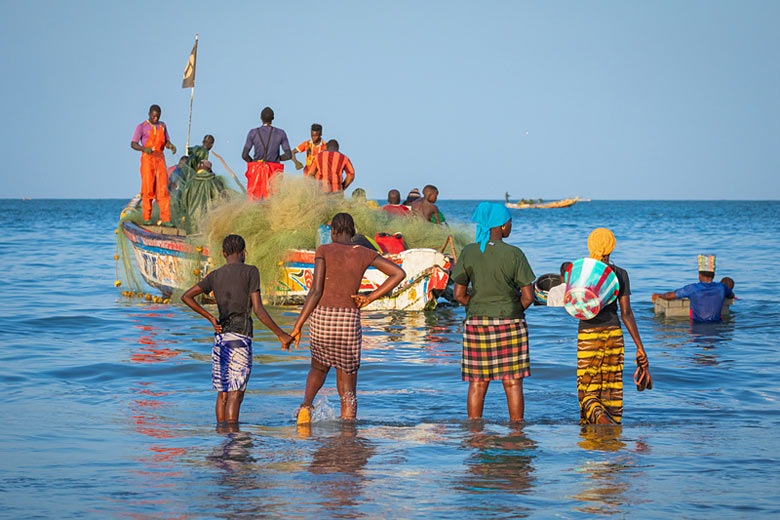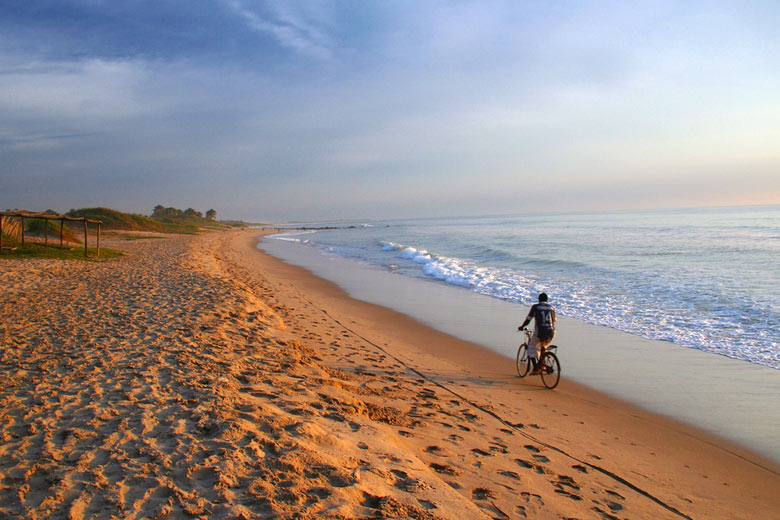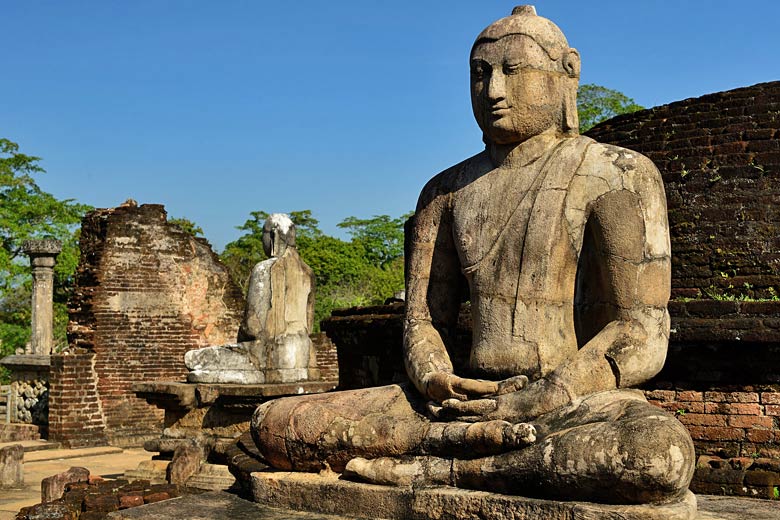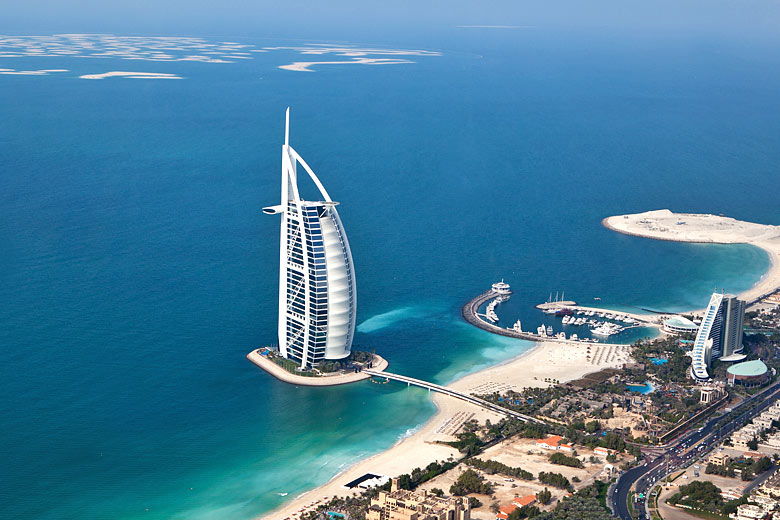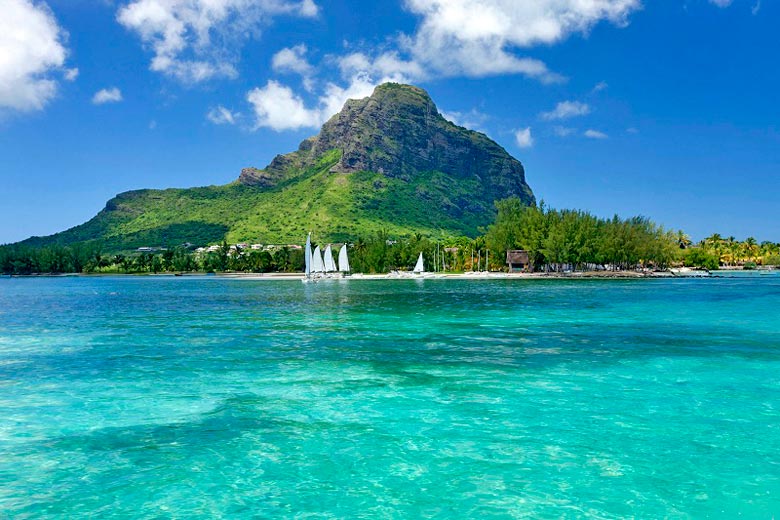- Book online with TUI & save up to 7% on holidays
- FREE child places available for select holidays
- Pay £0 deposits with direct debit & spread the cost
Best time to visit the Gambia
The west African nation of Gambia, which is wedged into Senegal's west coast, is becoming increasingly popular with British holidaymakers, thanks to its accessibility, truly hot weather and taste of the exotic.
- Best time to visit
- Weather by month
- 5-day weather forecast
- Destinations
- Travel advice
- Deals & discounts
Gambia by month
Jan Feb Mar Apr May Jun Jul Aug Sep Oct Nov Dec
Recommended for the Gambia
Top Gambia destinations
Below are the temperatures expected today at popular countries, regions and places in the Gambia. Select a destination to compare today's forecast with average weather conditions.
All Gambia destinations
When is the best time to visit Gambia?
The best time to visit Gambia (Banjul) is September based on the following average weather conditions.
Maximum daytime temperature = 72 - 86°F [remove]
Daily hours of sunshine = 10 hours or more [remove]
Change the criteria to reflect your weather preferences.
Max Day Temperature (°F)
- Jan
 90
90 - Feb
 93
93 - Mar
 95
95 - Apr
 95
95 - May
 93
93 - Jun
 91
91 - Jul
 90
90 - Aug
 88
88 - Sep
 88
88 - Oct
 90
90 - Nov
 91
91 - Dec
 90
90
Which is the hottest month in the Gambia?
The hottest time of year in Banjul, Gambia is normally October. Expect maximum daytime temperatures to reach 90°F with very high heat and humidity.
Which month has the most rain in the Gambia?
In terms of rainfall, August is usually the wettest month in Banjul, Gambia with 15.0 inches on average. There are normally 17 days in August with some rain.
When is it sunniest in the Gambia?
The sunniest time of year in Banjul, Gambia is normally March with bright sunshine on average for 77% of daylight hours; that's 9 hours of sunshine per day.
When is the sea warmest in the Gambia?
The sea is usually at its warmest in Banjul, Gambia in October when the water temperature reaches 84°F.
Best time to visit
The weather guide for Gambia (Banjul) shows long term weather averages processed from data supplied by CRU (University of East Anglia) & today's weather forecast provided by meteoblue. Find out more about our data sources.
Metric (°C) | Imperial (°F)
Gambia weather overview
The Gambia offers something very different to its rival European and Mediterranean destinations. Here we examine Gambia's weather, looking at its climate, and breaking it into the two main seasons, wet and dry, to help you decide when's the best time to go.

Gambia is a long, thin and relatively flat country, whose lifeline is the river Gambia, which snakes west from beyond its easternmost border to the Atlantic coast.
By the river, the landscape is green and fertile with plenty of swamps (ideal for the crocodiles) and mangroves, which give way to forests, and much drier lands.
On top of the many things to do, Gambia's weather plays no small part in its growing appeal as a holiday destination. With more airlines and holiday providers offering easy, direct access from the UK than ever before, it really is a destination on the up.
As well as the winding golden beaches, variety of wildlife, and migratory birds that delight twitchers, crucially, Gambia's weather is hot all year round, thanks to its tropical climate, which is the real selling point for those after some reliably hot and sunny weather.
Even the archipelago of Cape Verde, located some 500 miles to the northwest, is far windier with temperatures nowhere near the same highs consistently found in Gambia throughout the year.
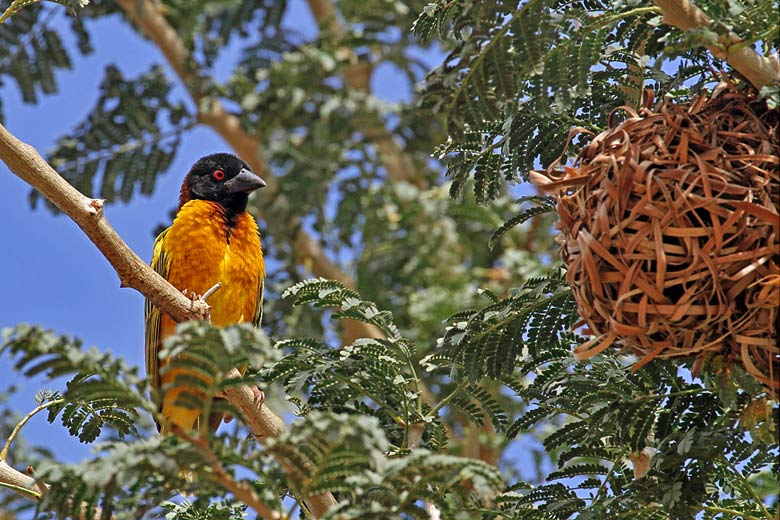
Read on to find out more about the differences between Gambia weather's dry and wet seasons, and discover when is best to visit this burgeoning African nation.
- Gambia's wet season - June to October
- Gambia's dry season - November to May
Gambia's wet season
In true tropical style, Gambia's weather has a serious wet season - we're talking a real deluge.
The summer months - July, August and September in particular - are incredibly wet, with high to very high levels of heat and humidity, extreme UV, and high temperatures ensuring the trademark hot and sticky feel is omnipresent, although there is southwest breeze which sweeps across Gambia courtesy of the West African Monsoon at this time, which helps to moderate conditions such as heat and humidity.
However, during the wet season, Gambia's weather still offers plenty of sunshine, with between seven and nine hours each day. This is largely down to the fact that much of the rain falls at night, leaving plenty of dry spells during the day.
Then there's the temperature, which peaks at between 31°C to 32°C, with little fluctuation during the season, although things do cool down every night after dusk, sinking significantly to between 22°C and 23°C.
As for sea temperatures, it's positively balmy in the Atlantic at this time, with temperatures rarely dipping below 28°C.
The monsoon is also responsible for dumping a huge quantity of water into the ocean, especially that which flows out from the River Gambia. This makes it the more dangerous of the seasons for swimming overall in terms of currents and rough conditions.
Take extra care between July and September, taking note of any warnings and abiding by the beach flags ('red' meaning danger, 'yellow' meaning caution, and 'green' meaning safe).
Overall, the wet season which relieves itself from June to October is not considered to be the best time to visit, especially when Gambia's weather is so inviting during certain months of the dry season.
Gambia's dry season
While much of the Northern Hemisphere endures the chill of winter, from November to the end of May, Gambia's weather welcomes a dry season, and this is no misnomer, as virtually no rain falls.
Gambia's also the nearest hot weather destination to the UK at this time, so definitely shouldn't be overlooked for some winter sun.
Between December and April, this dry spell is coupled with the arrival of the northeast Harmattan winds, which blow in from the Sahara desert. The Harmattan winds start as cool, dry wind in the north, but gather sand and heat from the land.
By the time they reach Gambia,they can be hot and laden with dust, but do still have an overall cooling effect, bringing a breeze which stimulates airflow.
Generally speaking, the winds are intermittent and have less impact on the coast compared to inland. These winds tend to be at their strongest in February.
The dry season is seen as the more comfortable period in Gambia's weather calendar thanks to more moderate levels of heat and humidity, long days with eight to 10 hours of sunshine, and no rain.
Temperature wise, it's not only the hottest time of the year but also when you see the greatest difference between day and night, which has a lasting impact on conditions.
For example, in November, daytime highs reach 33°C, while evening temperature can dip by a massive 16°C to 19°C, and again in March it can soar to 35°C, and drop to 18°C at night.
The reason for such a dramatic change is largely down to the lack of cloud cover during this period. Without cloud to seal in the day's heat, it simply escapes back into the atmosphere.
It's worth noting that hotel swimming pools suffer during this time for the same reasons, and as Gambia's hotels aren't generally furnished with heated pools, this can make taking a dip at this time a bit on the nippy side.
In a similar vein, the sea temperature starts to dive from November onwards, dropping from 28°C to 25°C in December, 21°C in February and not rising substantially until May. Also be aware of rip currents and large waves which can catch unsuspecting swimmers by surprise.
Currents tend to be at their most dangerous when the tide is on the way out, and big strong waves are something to watch out for between January and March when the Atlantic swell is at its most active. Look out for beaches with lifeguards, and pay attention to beach flags.

So what does this all mean? Well it's fair to say that for hot and sunny Gambia weather, your best period to visit is between November and February, but it's November that is the real winner.
At the start of the dry season it welcomes increasingly warmer temperatures and waves goodbye to the rain, and very high heat and humidity, while reaping the benefits of the stored heat in the ocean from the previous few months.
November is the ideal month for those after great Gambia weather.
Fancy experience Gambia's weather for yourself? Find out more on the Gambia climate page or check out the week ahead with the Gambia five day forecast. You can even get there for less with one of our many travel deals and discounts.
Gambia travel features
Do you want to learn more about the Gambia? Read our latest features covering travel tips and insider destination guides on where to go and what to do in the Gambia.
Be inspired
Get your weekly fix of holiday inspiration from some of the world's best travel writers plus save on your next trip with the latest exclusive offers
We promise not to share your details
Related posts
Popular travel offers
Explore holidays in the sun for less
- Beach holidays
- Family holidays
- City breaks
- Summer holidays
- Winter sun holidays
- Holiday offers
- Top travel brands
- Airlines & flights
- Discount hotels
- Airport parking deals
- TUI
- Jet2holidays
- easyJet holidays
- Love Holidays
- Black Friday sales
Airport parking
- Manchester Airport
- Stansted Airport
- Bristol Airport
- Luton Airport
- Birmingham Airport
- Edinburgh Airport
- Gatwick Airport
- Glasgow Airport
- Newcastle Airport
Airport lounges
- Manchester Airport
- Birmingham Airport
- Bristol Airport
- Edinburgh Airport
- Glasgow Airport
- Heathrow Airport
- Newcastle Airport
- Stansted Airport
- Gatwick Airport











 TUI deal finder
TUI deal finder





